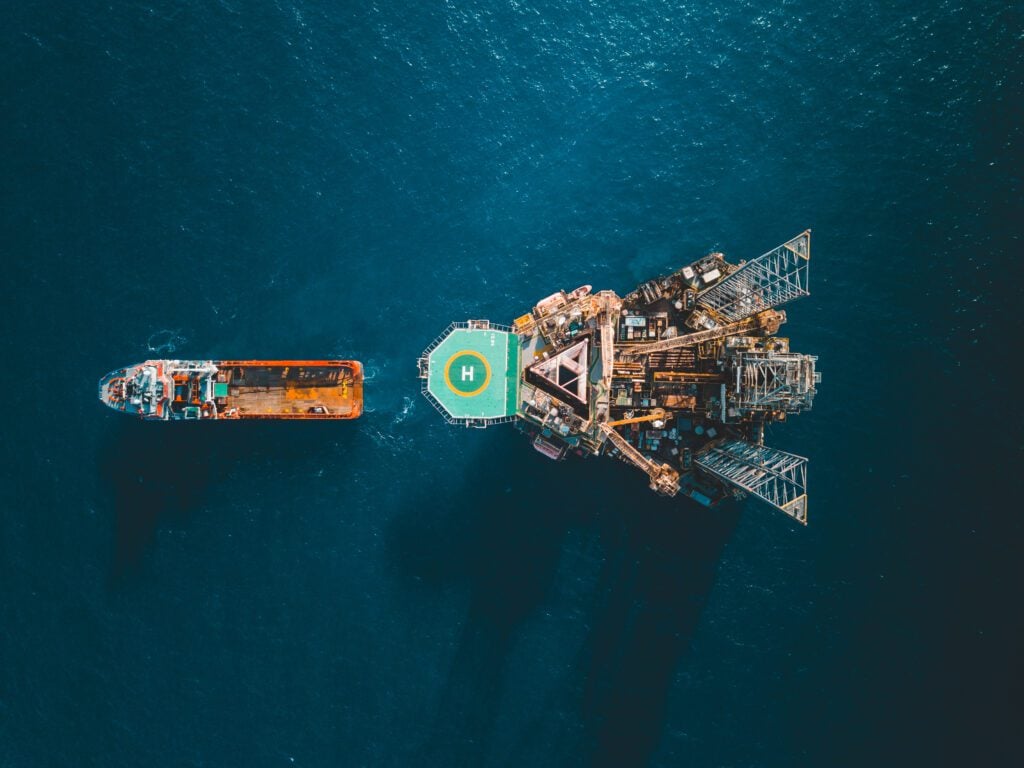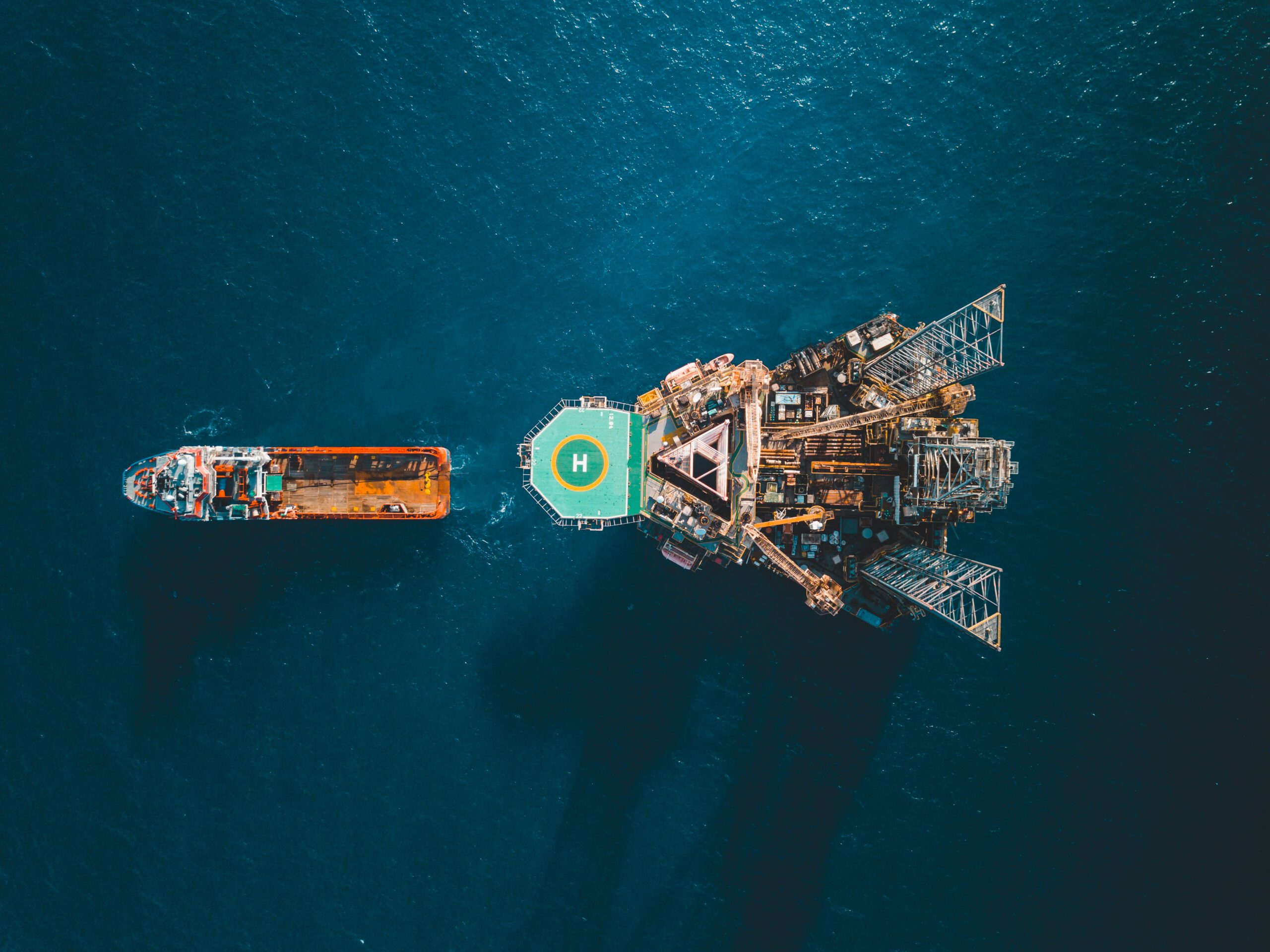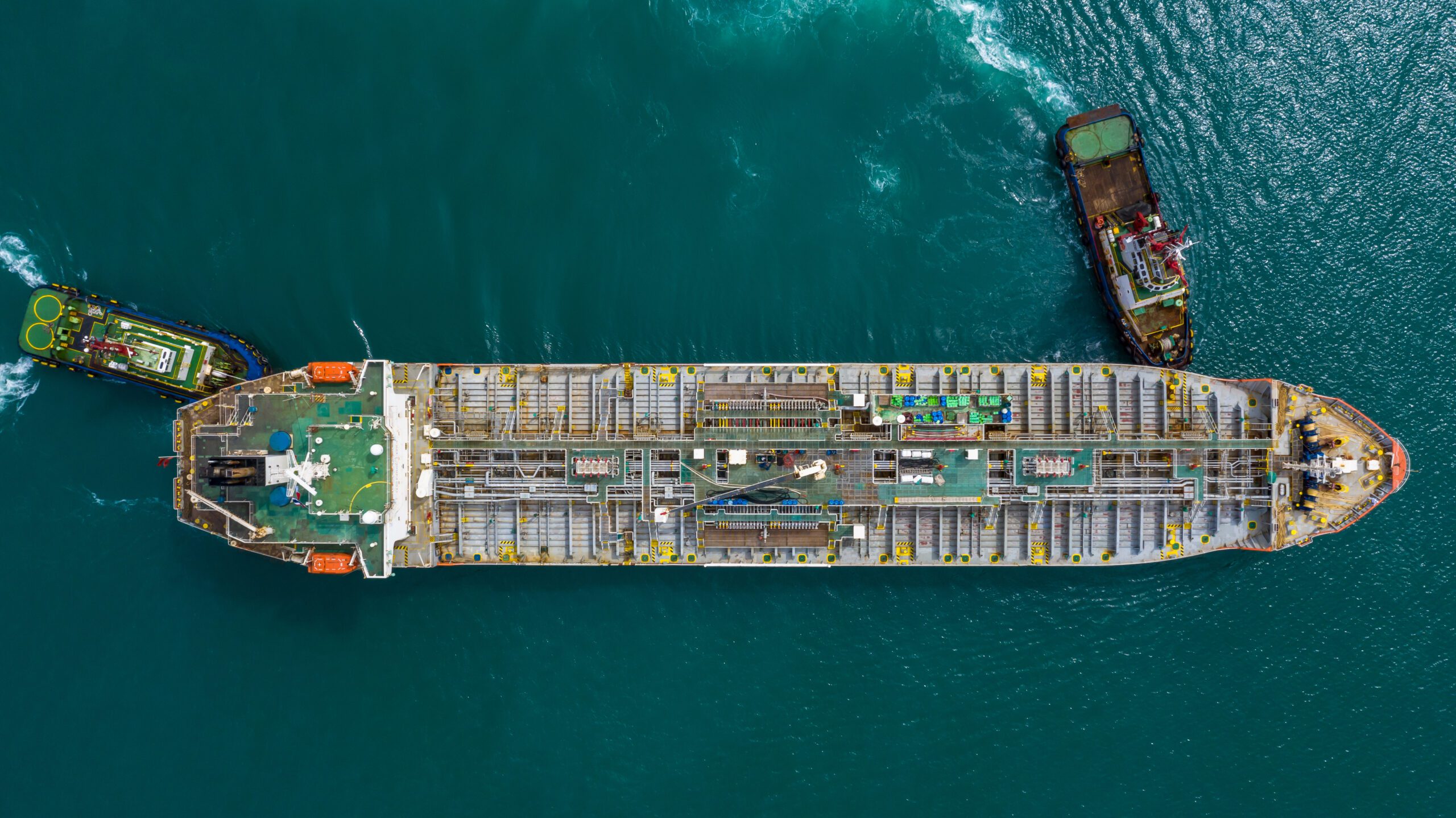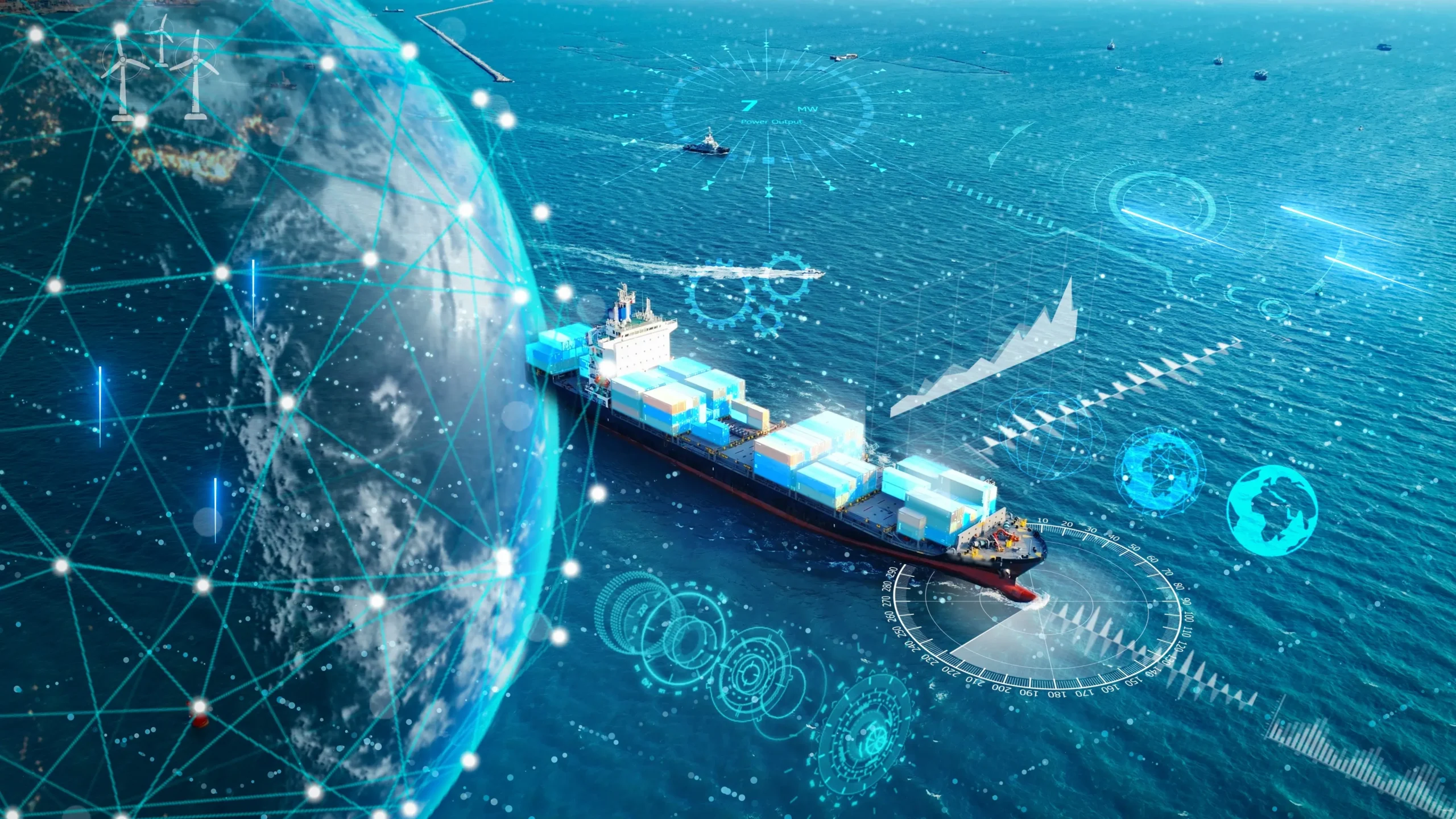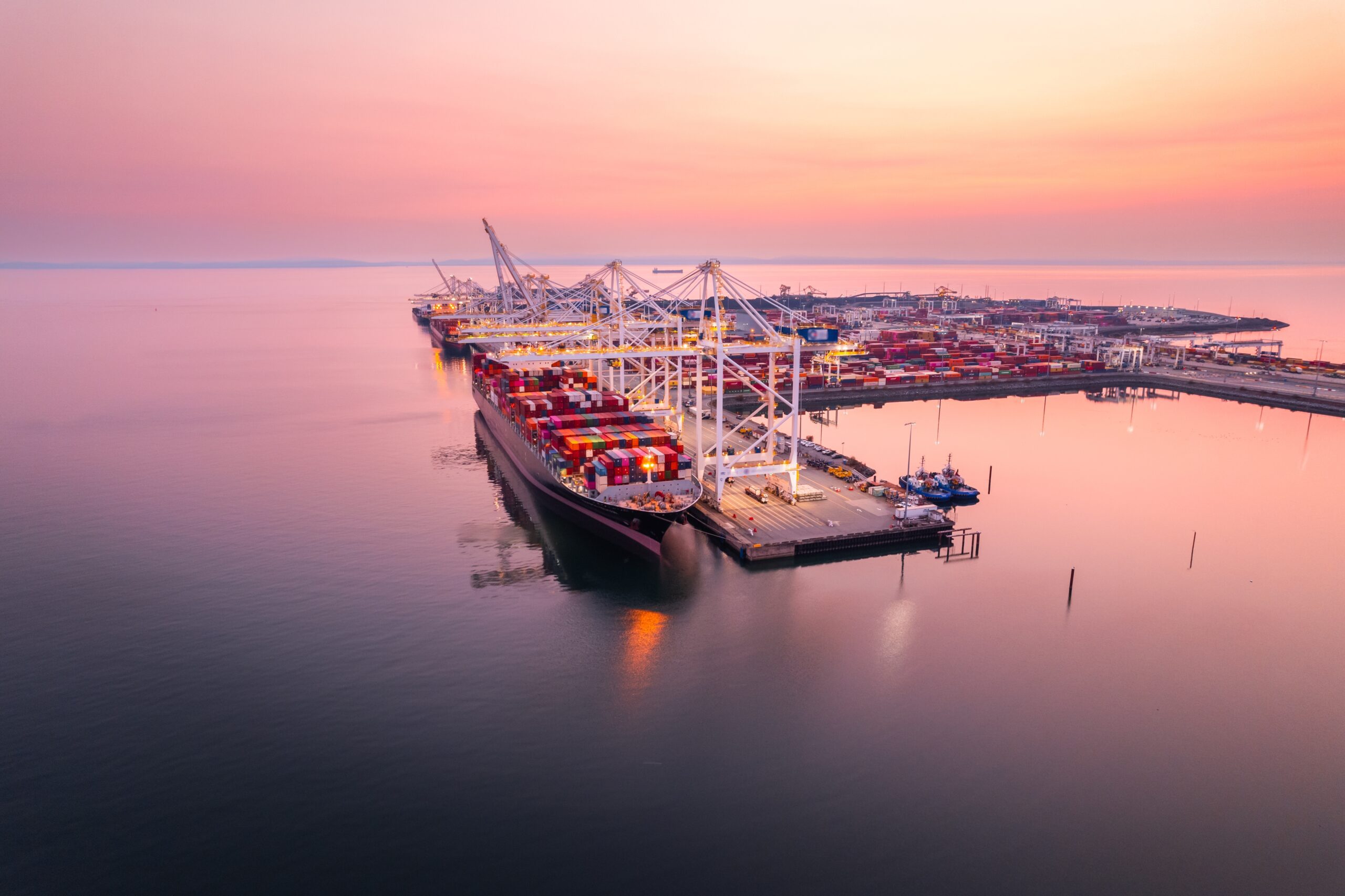The global maritime industry is facing an unprecedented mandate for decarbonization. With stringent emissions regulations from the IMO and regional bodies like the EU, the search for viable alternative fuels has intensified. Among the leading solutions emerging for marine transport, methanol stands out as a particularly promising fuel. This blog post will explore the significant advantages and notable disadvantages of methanol as we navigate the transition to a more sustainable future for shipping.
For decades, heavy fuel oil has dominated the shipping sector, offering high energy density at a relatively low cost. However, its high carbon content and pollutant emissions are no longer acceptable. Methanol, a simple alcohol, offers a compelling alternative. It is a liquid at ambient temperature and pressure, making its storage and handling familiar to the marine industry, a significant advantage compared to cryogenic fuels like LNG or high-pressure fuels like hydrogen. This ease of management reduces the need for complex new infrastructure at ports and on vessels.
The Allure of Methanol: Key Advantages
The potential for methanol to reduce emissions is one of its most compelling advantages. When considering “green” methanol (produced from renewable sources), its carbon footprint can be drastically lower than conventional fuels.
Here are the key advantages of methanol as a marine fuel:
Significant Emissions Reduction:
Methanol’s transition into the maritime sector is fundamentally driven by its ability to drastically cut the primary pollutants that contribute to global warming and local air quality issues. As a low-carbon or potentially carbon-neutral fuel, methanol provides a direct path for vessels to meet stringent environmental regulations. This is achieved through dramatic reductions in key greenhouse gases and criteria pollutants, addressing both climate change and public health concerns simultaneously.
- Carbon Dioxide (CO2): When produced from renewable hydrogen and captured carbon dioxide, methanol can be a carbon-neutral fuel on a well-to-wake basis. Even as “blue” methanol (from natural gas with carbon capture), it offers substantial reduction in emissions compared to traditional marine fuels.
- Sulfur Oxides (SOx): Methanol is virtually sulfur-free, eliminating SOx emissions, a major contributor to air pollution and acid rain.
- Nitrogen Oxides (NOx): Methanol combustion generally produces lower NOx emissions compared to oil-based fuels, although engines still need technical solutions to meet stringent NOx rules.
- Particulate Matter (PM): It produces very little particulate matter, leading to cleaner air.
- Ease of Handling and Storage:
- Liquid at Ambient Conditions: Unlike LNG (cryogenic) or hydrogen (compressed gas or cryogenic), methanol is a liquid at normal temperatures and pressures. This means it can be stored in conventional tanks, similar to diesel fuel or gasoline, simplifying vessel design and port infrastructure requirements.
- Existing Infrastructure Compatibility: Many existing marine fuel storage and bunkering systems can be adapted for methanol with relatively minor modifications, reducing the cost and time of transition.
- Engine Technology Readiness:
- Dual-Fuel Engines: Leading engine manufacturers have already developed and proven two-stroke and four-stroke dual-fuel engines that can run on methanol and conventional marine fuel. These engines are already being installed on new ships, including large container vessels.
- Retrofit Potential: The potential to retrofit existing engines to operate on methanol further accelerates the transition, offering solutions for the existing fleet without requiring complete ship replacement.
- Versatile Production Pathways:
- Diverse Sources: Methanol can be produced from a wide array of sources, including natural gas, biomass, municipal waste, and critically, renewable hydrogen combined with captured carbon dioxide ($CO_2$). This versatility enhances its long-term sustainable potential and security of supply.
- Scalability: The production technology for methanol is well-established and can be scaled up to meet the growing demand from the shipping industry and other sectors like the chemical industry and as a vehicle fuel.
- High Flash Point: Methanol has a higher flash point compared to gasoline, which contributes to safer storage and handling on board a ship.
The Challenges of Methanol: Key Disadvantages
While methanol offers a compelling pathway for decarbonization, its adoption is not without hurdles. Shipowners and operators must carefully weigh the significant environmental benefits against practical and technical challenges related to its physical properties, safe handling, and supply chain maturity. Overcoming these disadvantages requires upfront investment in specialized bunkering and storage equipment, crew training, and potentially sacrificing valuable cargo space.
Here are the key disadvantages of methanol as a marine fuel:
- Lower Energy Density (by Volume):
- Storage Space: Methanol has about half the volumetric energy density of heavy fuel oil. This means that vessels running on methanol need significantly larger fuel tanks to achieve the same range, which can reduce cargo space or require design modifications for new ships. This is a considerable factor for container ships where space is at a premium.
- Toxicity and Safety Concerns:
- Human Health: Methanol is toxic if ingested, inhaled, or absorbed through the skin. This poses health and safety risks for crew members handling the fuel. Strict safety rules, training, and appropriate personal protective equipment are required.
- Flammability: While its flash point is higher than gasoline, methanol is still flammable. Its invisible flame (in daylight) presents a safety concern, requiring specialized fire detection systems and crew knowledge.
- Water Solubility: Methanol is highly soluble in water. While this means it disperses quickly in the event of a spill (unlike oil), it can also rapidly impact marine life and the environment if spilled in large quantities, reducing local oxygen levels.
- Cost and Availability:
- Production Cost: Currently, green methanol is more expensive to produce than conventional marine fuels. The cost reduction depends on the scalability of renewable energy and hydrogen production.
- Limited Infrastructure (Green Methanol): While generic methanol infrastructure exists, the supply chain for specifically green methanol is still in its nascent stages. Investment in new production facilities and bunkering infrastructure is crucial to meet future demand
- “Grey Methanol Emissions :
- Fossil Fuel Origin: A large portion of currently produced methanol is derived from fossil gas or coal (“grey” methanol). While burning it reduces some pollutants, it doesn’t solve the carbon dioxide emissions problem from a lifecycle perspective. The industry needs to prioritize renewable methanol to achieve true decarbonization.
- Engine Performance and Wear:
- Lubrication: Methanol has different lubricating properties compared to diesel fuel, which requires specific engine modifications and lubricants to prevent wear and ensure optimal performance and safety.
- Material Compatibility: The corrosive nature of methanol requires careful selection of materials for fuel tanks, pipes, and engine components.
The Future of Methanol in Maritime
Despite these disadvantages, the maritime industry is increasingly turning to methanol as a practical solution for decarbonization. Major shipping companies are investing heavily in methanol-fueled vessels, particularly container ships, with many new builds already on order. This adoption is driven by a combination of regulatory compliance, environmental responsibility, and the pragmatic advantages of a liquid fuel.
The transition to methanol fuels also requires continuous innovation and expertise.
- Research & Development: Ongoing R&D is focused on improving engine technology to enhance efficiency, reduce any remaining emissions, and ensure long-term safety.
- Crew Training: Extensive training is essential for marine personnel to safely handle, store, and operate methanol-fueled engines.
- Regulatory Evolution: The IMO and other regulatory bodies continue to develop rules and guidelines to ensure the safe and sustainable use of methanol.
The potential of methanol extends beyond just shipping. As a building block chemical, it has numerous applications and can act as a hydrogen carrier. The increasing demand from the marine sector will likely spur greater investment in green methanol production, creating a virtuous cycle that benefits multiple industries and the environment.
Ultimately, methanol is not the only solution for decarbonization, but it is a vital part of the diversified future fuel mix for the maritime industry. Its familiarity as a liquid fuel, combined with its emissions reduction potential from renewable sources, positions it as a key player in achieving sustainable shipping. The journey will require continued investment, knowledge sharing, and expert collaboration, but the path towards a green, methanol-powered marine sector is becoming clearer with each passing year.
FAQs
Q: How does bio-methanol differ from e-methanol?
A: Both bio-methanol and e-methanol are forms of green methanol, representing cleaner alternative fuels vital for the energy transition. They differ in their production pathway:
- Bio-methanol (Biomethanol): This fuel is produced by gasifying sustainable biomass (like agricultural or forestry waste). It is considered a sustainable fuel because the CO2 released during combustion was recently absorbed from the atmosphere by the biomass.
- E-methanol (Electro-methanol): This fuel is created using renewable electricity (e.g., solar or wind energy) to produce green hydrogen, which is then combined with captured carbon dioxide (CO2). This pathway offers a highly sustainable, scalable source of fuel, as it effectively recycles CO2 emissions. Both pathways yield carbon-neutral fuels.
Q: Can methanol be considered a sustainable or green fuel?
A: Methanol can absolutely be considered a sustainable or green fuel, but only if it is produced using renewable energy or sustainable feedstocks.
- Green Methanol (Bio- and E-methanol): These are true sustainable fuels, as they achieve near net-zero greenhouse gas emissions on a well-to-wake basis.
- Grey/Brown Methanol: This fuel is made from fossil fuels (natural gas or coal) and is not a sustainable energy source.
- Blue Methanol: This is produced from fossil fuels but uses Carbon Capture and Storage (CCS). While a low-carbon fuel, it is not as sustainable as green methanol fuels. Therefore, the term “green fuel” specifically refers to methanol derived from renewable energy.
Q: Are there specific rules governing the use of methanol as a marine fuel?
A: Yes, the use of methanol as a marine fuel is strictly regulated, primarily by the International Maritime Organization (IMO) to address its low flashpoint and toxicity.
- IMO Guidelines: The IMO’s Interim Guidelines for the Safety of Ships Using Methyl/Ethyl Alcohol as Fuel (MSC.1/Circ. 1621) are the core document.
- IGF Code Compliance: Ships using methanol fuel must comply with the mandatory International Code of Safety for Ships Using Gases or Other Low-Flashpoint Fuels (IGF Code). This requires a robust, documented risk assessment and system design incorporating features like double-walled piping, ventilation, and leakage detection for the safe handling of this energy source.
Q: Is methanol eligible for meeting CII compliance requirements?
A: Yes, methanol is highly beneficial for meeting Carbon Intensity Indicator (CII) compliance requirements, especially when using green methanol fuels.
- The CII measures operational carbon intensity. By switching to a low- or zero-carbon fuel like green methanol, ships significantly lower their tank-to-wake CO2 emissions (as currently calculated by the IMO), thereby improving their CII rating (A, B, C, D, or E).
- The widespread adoption of methanol fuel is a core strategy for ship owners to maintain compliance and demonstrate a commitment to the maritime energy transition goals. Using green methanol directly improves the operational profile of the ship.
Q: Why is methanol viewed as a promising option for the maritime energy transition?
A: Methanol is a leading candidate for the maritime energy transition because it offers a practical, immediate solution as an alternative fuel:
- Liquid at Ambient Conditions: Unlike LNG (cryogenic) or Hydrogen (compressed/cryogenic), methanol is a liquid fuel at ambient temperature and pressure, making its storage and handling similar to conventional liquid fuels.
- Mature Technology: Dual-fuel engines using methanol are commercially available and proven. The energy technology is ready for widespread adoption.
- Infrastructure: There is already a global supply and bunkering infrastructure for methanol due to its role as a chemical commodity, easing the scaling challenge for this new marine fuel.
- Clean Combustion: Burning methanol fuel virtually eliminates CO2 and particulate matter, significantly improving air quality alongside its CO2 potential as a green energy source.
Q: What environmental concerns arise if methanol is released into the ocean?
A: Compared to heavy fossil fuels, the environmental impact of a methanol spill is significantly lower, making it a comparatively safer fuel from a marine pollution perspective.
- High Solubility and Dispersion: Methanol is highly soluble in water. Unlike oil spills which form persistent surface slicks, methanol quickly dissolves and disperses into the water column.
- Rapid Biodegradation: The fuel is readily and rapidly biodegradable by naturally occurring marine microorganisms. This limits the duration of its environmental impact.
- While high, localized concentrations can be toxic to marine life, the rapid dilution of the methanol fuel generally prevents widespread, long-term contamination.
Mr. Marine – We are Your Global Partner
Are you looking for a reliable service provider for your marine elevator, BWTS or fixed & portable equipment? Our multi-brand team of technicians are ready to assist you in over 350 global ports, ensuring your vessels stay safe and compliant. Contact our team for your free quotation!


